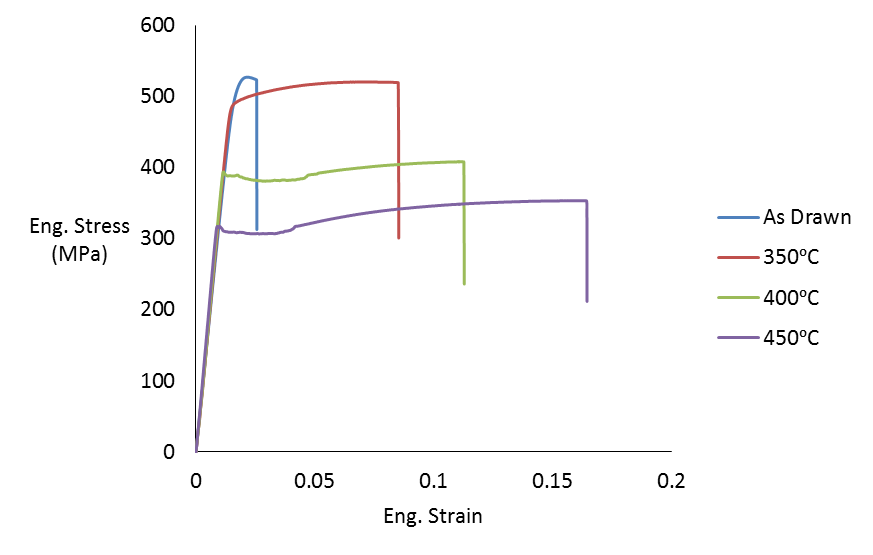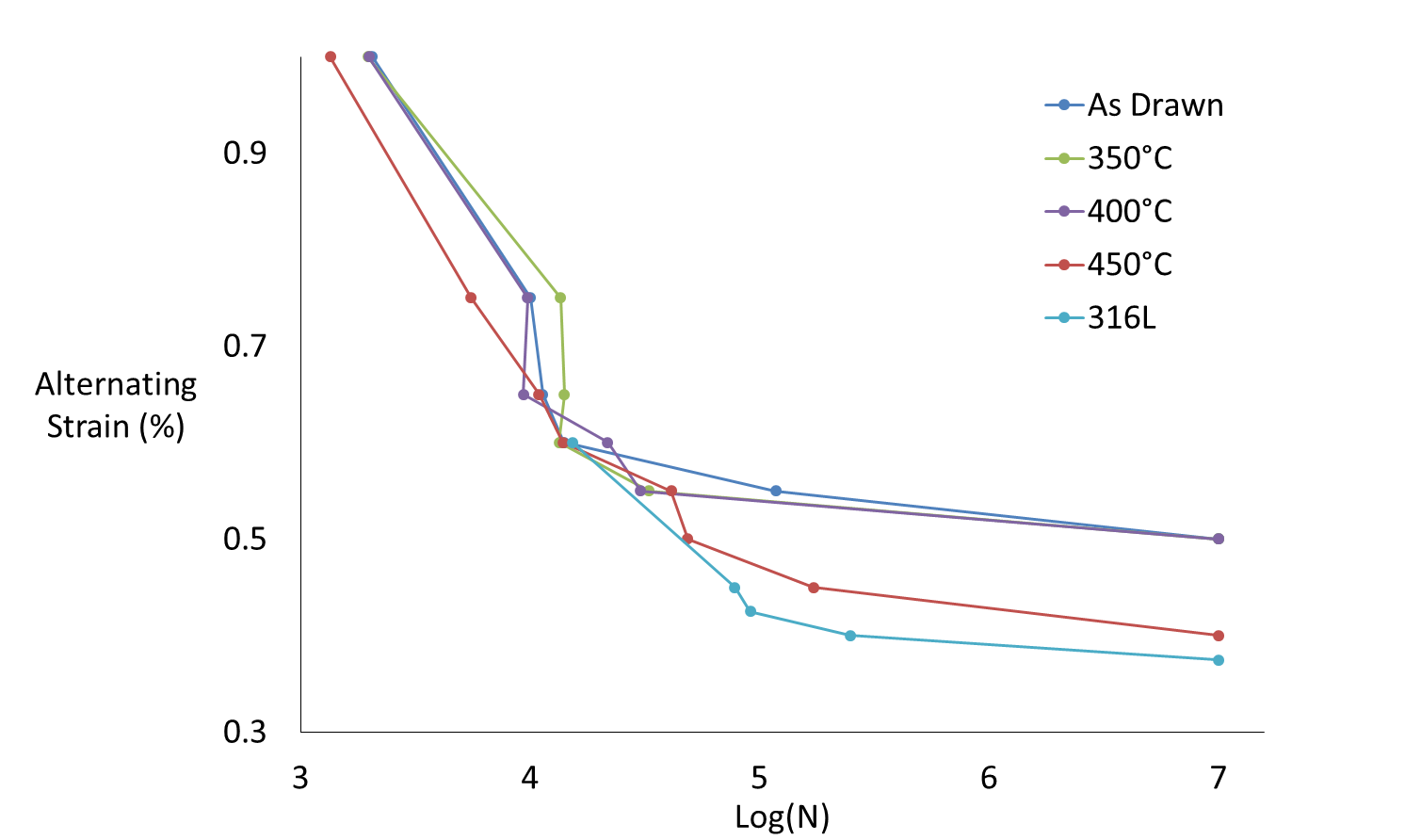R&D
- Mar 1, 2017
Resoloy®: A Magnesium Alloy for Absorbable Devices
Adam Griebel
Fort Wayne Metals Research Products Corp, Fort Wayne, IN, USA
[email protected]
Magnesium
With the recent approval of two magnesium-based implants in Europe, we may be at the beginning of a paradigm shift in medical intervention. In the near future, devices whose structural support is only needed temporarily, such as stents, staples, and screws, may be predominantly made of absorbable metals which dissolve harmlessly and even beneficially over time. Of the three nutrient metal classes (Mg, Fe, Zn), magnesium has, of late, received the most attention.
This concept, while revolutionary, is not new. Pure magnesium wire was used as a blood vessel ligature as early as 1878 [1], and many reports of orthopedic fracture fixation with magnesium hardware can be found in the literature in the first decades of the 20th century [2,3]. However, largely due to a lack of materials performance controls, results were inconsistent at best, and once reliable stainless steels were developed, the absorbable metal concept was abandoned until recently.
Seeing the benefit of medical implants made with magnesium wire, the R&D team at Fort Wayne Metals has been working to develop wire in a variety of magnesium alloys. Prior to this work, magnesium wire was scarce to unavailable, especially in fine sizes required for medical devices. This was primarily due to two factors: 1) Magnesium alloys, with relatively low ductility driven by the HCP crystal structure, are difficult to work at room temperature, and 2) limited demand for such wire. We are seeking to leverage our world-class wire drawing and knowledge of the medical device market to overcome these challenges and meet growing demand for the technology.
Resoloy
Resoloy® was developed specifically for absorbable stents by MeKo (Sarstedt, Germany) and is patented in the U.S. (US9522219 B2), Europe (EP2744532 B1), and China (CN103889475 B). We have devoted considerable attention to this material for its promising early results. A magnesium-rare earth alloy with Dysprosium as the main alloying element, it has excellent strength and ductility. The corrosion rate, like all magnesium alloys, depends on a host of factors, but is relatively low. Fort Wayne Metals has an arrangement with MeKo to provide Resoloy in wire form to the medical device market, providing a key material with freedom-to-operate.
Mechanicals
Typical mechanical properties attainable in fine Resoloy wire can be seen in Figure 1. In the cold-drawn state, tensile strengths is excess of 70 ksi (480 MPa) are readily attainable. Notable is the high elasticity of this wire, driven by the combination of the high yield strength and low elastic modulus (5-6 Mpsi (35-41 GPa)). The high elasticity also gives rise to excellent strain-fatigue life in air (Figure 2). Of course, a magnesium implant will be corroding while fatiguing, and the corrosion-fatigue behavior of Resoloy wire has yet to be characterized.
Corrosion
In vitro corrosion behavior of .010” Resoloy wire in various thermomechanical process conditions is currently under way in flowing 37°C simulated body fluid. Preliminary results are encouraging.
Dimensions & Forms
Resoloy round wire can be readily produced in typical medical-wire diameters (.004 - .020” / 0.1-0.5 mm) in developmental quantities (e.g. lengths of several hundred to several thousand feet). We are currently evaluating several modes to achieve larger scales for long-term production, at which time we expect to offer wire or bar from 0.5” down to ultrafine sizes. Ultrafine magnesium wire remains a challenge. We have produced trial amounts of Resoloy wire as small as .0008” (20 µm), but are currently unable to produce significant lengths due to melt-intrinsic particles. This is an active area of research for us, and we have recently achieved a 10,000 ft spool of .002” wire (Figure 3).
We have also produced both flat and triangular wire with Resoloy, though strip and ribbon with large aspect ratios remain challenging.
After drawing, the Resoloy wire has good formability (Figure 4), indicating its suitability for typical wire-based manufacturing processes.
Conclusion
Resoloy magnesium alloy wire is available today for your device prototyping needs in a variety of fine wire forms including round wire, cables and microcables, and some non-round shapes. The material can also be purchased in a variety of laser machined tubular forms directly from MeKo. The properties of the material can be tuned over a spectrum from as drawn to stress-relieved and annealed while maintaining significant ductility for demanding device forms.

Figure 1: Tensile data for .005 wire produced with 70% cold work (As Drawn), and then heat treated at various temperatures.

Figure 2: Strain-life curves were generated by rotating-beam fatigue testing in air for each of the 4 Resoloy conditions shown in Figure 1. Shown are minimum values for each condition and strain level (N=7, R=-1). Fatigue data of 316L stainless steel wires is also shown for reference.
Figure 3: 10,000 ft spool of .002” (50 µm) Resoloy® wire.

Figure 4: Resoloy® wire in both the cold-worked and annealed conditions is readily formable. Shown here is .012” (0.3 mm) cold-worked Resoloy wire in various forms.
References:
- Huse, E. Magnesium Ligatures. Chic. Med. J. Exam. 37, 171–172 (1878).
- Witte, F. The history of biodegradable magnesium implants: A review. Acta Biomater. 6, 1680–1692 (2010).
- SEELIG MG. A study of magnesium wire as an absorbable suture and ligature material. Arch. Surg. 8, 669–680 (1924).
For more information, please contact [email protected]
Disclaimer: Our monthly highlights are sneak peeks of what our R & D department is working on. This does not mean we have what is referenced above ready for manufacturing.